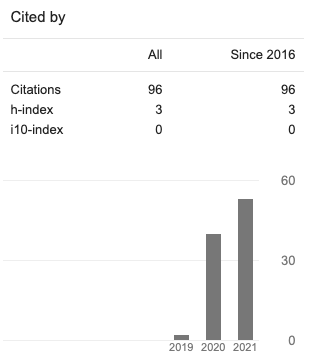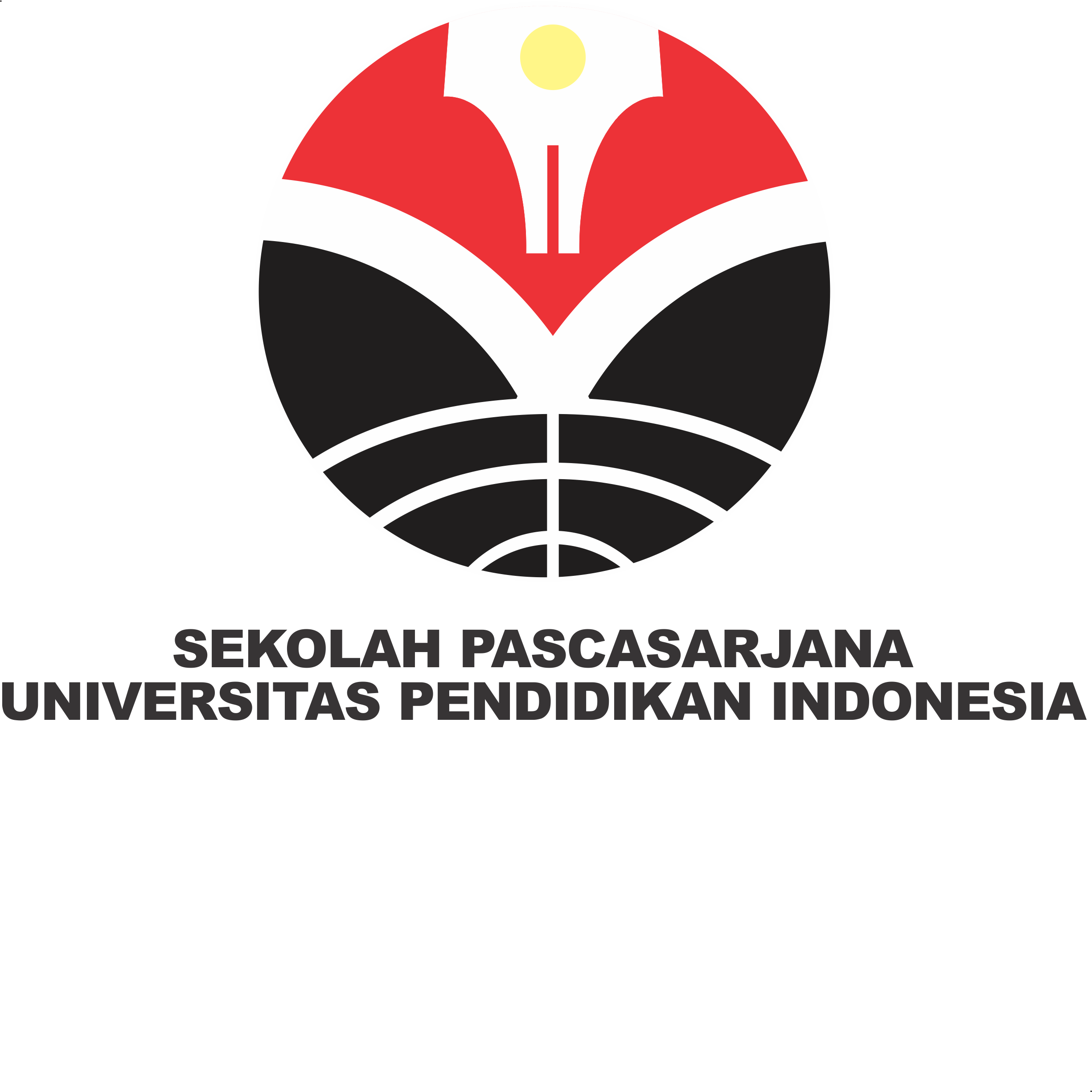Creative Thinking Ability of V Grade Students through Mind Mapping Learning Model
Abstract
This research used a quasi-experimental research method with the aim to see the role of mind mapping learning models to the creative thinking skills of Natural Science in grade V of elementary school by comparing between the experimental class that applied the conventional learning model and experimental class that applied the mind mapping model to students' creative thinking skills. The skills were a skill where students can develop their intuition in seeing a problem and seeing it from a different perspective on a problem. Critical thinking skills were certainly very important to be mastered by students, but the results of the study revealed that students ' creative thinking skills were still low. It needs a learning model that can encourage students to be able to think creatively. The results of statistical tests in the experimental class with a significant level of 0.05 indicated that the pretest results were 0.628, and the posttest results were 0.021 which showed that the posttest results after learning mind mapping skills of creative thinking skills in class students V increased















